I have built just a little scratch fire. Enough to boil a kettle of water, enough to keep just comfortably warm, enough to watch the fire flow through the coals.
The sun is going down now, and it’s gone beneath the tree line. I know it’s still there, though, because the soft light bounces off the clouds, setting the sky alight. The flat cirrus clouds have been lit up – orange, pink, burnt gold. Like waves of molten steel.
Silence reigns. Not a sound. It’s that time of half-life; the daytime creatures have gone to bed, but the nighttime wanderers have yet to emerge. There’s that first twinkle of Orion’s belt in the darkening sky.
I put the kettle on the fire to make one last brew before heading home.

It is now Autumn.
POETS, ARTISTS, PHILOSOPHERS, MADMEN, MUSICIANS
I’ll come straight out with it – it is my favourite time of year. The light of the lowering sun is like a veil. The cooler temperatures make long journeys easier, and the variety of colours is like an artist’s palette.
Because of this sensory overload, I find Autumn, more than Winter, a time for reflection. After the relentless heat of Summer, Autumn and I have a chance to appreciate and reflect on the world rather than just battle, hot and exhausted, against it. This time of year has inspired poets, artists, philosophers, madmen, and musicians. In her novel ‘Where the Crawdad Sings’, Celia Owens said, ‘Autumn leaves don’t fall, they fly. They take their time and wander on this, their only chance to soar’ showing how much this time of year is a rejuvenation and lifting of the spirit for us all. Or, to paraphrase Jane Hirshfield, Summer ripens apples, but Autumn turns them to cider – a time that gives us pleasure and comfort.
When I look at my personal calendar, I find most of its landmarks revolve around Autumn.

EARLY AND LATE CROPS
Autumn, for me, starts with the first harvest of blackberries. OK, I know, that’s technically late Summer. But that’s when it starts. Or, at least, that’s when I notice it. Sometime in September, you notice the weeds and nettles stop rising after you’ve trod on them. Their energy has not left, so much as just resting now. There’s some debate about when to pick blackberries. I have a friend who says that it’s OK to pick the early crop, but later crops should be left for the birds because the blackberries are starting to wilt, and maggots and insects can be found amongst them. And she’s not wrong. But those later crops are my favourite because they coincide with the ripening of apples and pears, and there’s nothing better than going for a walk, picking some blackberries, then going home and making a blackberry and apple crumble for pudding.
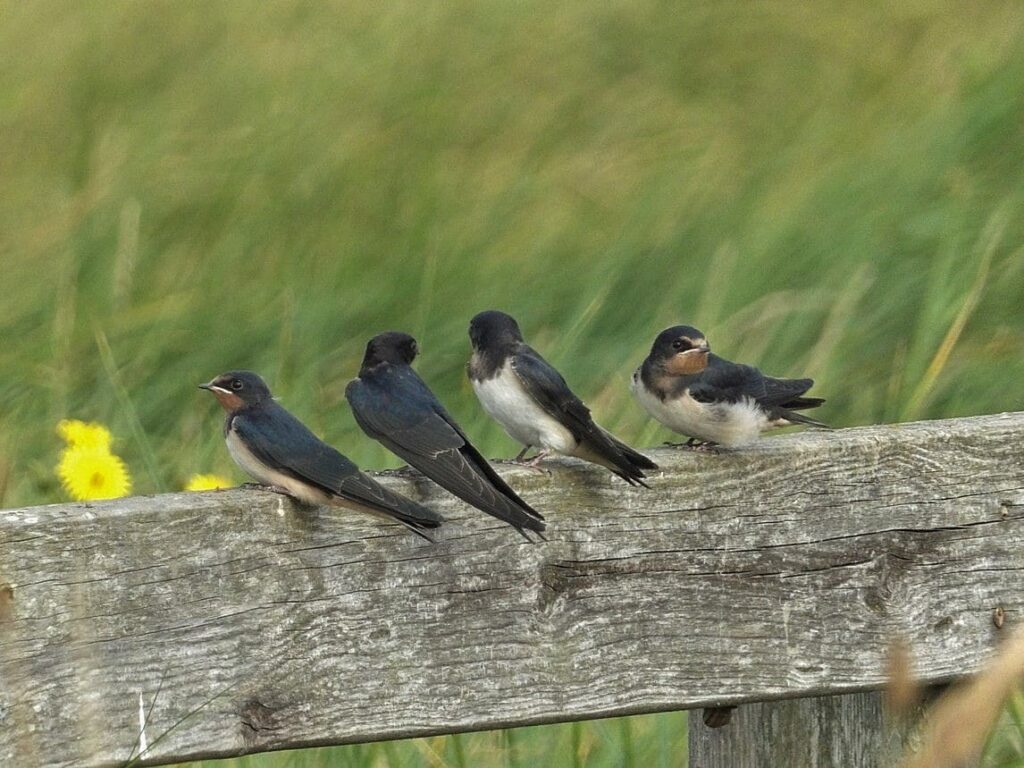
COMING AND GOING
Another Autumn mystery is the disappearance of Swallows. One day, they’ll still be about. In fact, they’ll be more active than usual – fattening up on insects before that marathon flight south. And the next day…gone. Now Autumn is with us. The big spiders start coming indoors. The crane flies start wobbling about. Slugs start appearing on the dew-laden grass. These are hop-picking mornings.
The bird song is now muted. No buzzing of insects. Where has the chiffchaff gone?

Yet, what marvels.
With the sun lower in the sky, its light reflects off the dust particles in the clouds, giving those truly humbling red skies in the morning and evening.
BREATHING
This is a great time for a walk, when the fresher air lets the lungs and soul breathe. As Autumn advances, the regular harvest may have withered and died back, but now is the time for mushrooming. Field mushrooms are those we are most familiar with, but all kinds of other strange, odd lumps and bumps nudge their heads above the grass. Be careful with what you pick, though – some easily misidentified poisonous ones can be out there.
It’s good practice to just take time to brush up on your identification skills – what’s that glossy yellow mound? That ring of small white parasols? That hairy-looking thing beneath the tree? Wolf’s Milk, Stinkhorn, Dryad’s Saddle, Chicken of the Woods, Death Cap…

Another crop to look for on your walk are the hips and haws. You can make a good sauce out of those. According to folklore, if the haws arrive early, we can expect heavy snow during Winter. During October, we often experience that Indian Summer – a spell of warm and mild weather. That seems to happen more and more now, and even into early December, I can go out in just shirt sleeves. Still, the true notch on my calendar is when I first go out with a woollen pullover to take off that slight chilly edge. Across the fields and meadows we can watch the massive murmurations of starlings as they weave and fold before going to roost for the night. Truly, a time to reflect and wonder.
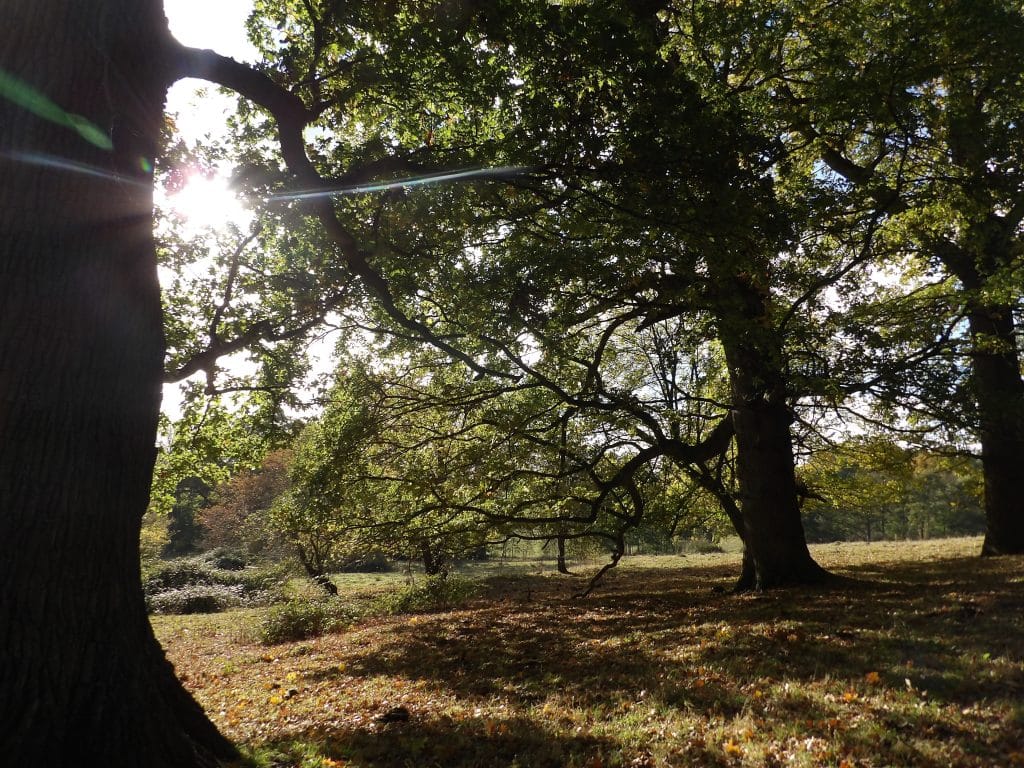
THINGS UNDERGROUND
Walking into the woods we see hundreds, thousands, of trees. All striving for life and survival. There will be many varieties as well – birch, oak, ash, maple, pine, yew, alder, poplar, beech. The list goes on.
The thing is, though, that this is not an environment with thousands of trees. It has been found that beneath the surface are spidery thin tendrils of fungi all reaching out, linking the trees together. As one tree starts to suffer, unable to find the right nutrients, it has been discovered that sub-surface fungi channel the required nutrient from one tree that is doing well to the tree that is suffering.
Those woods are not home to thousands of individual trees. Instead it is a single, symbiotic, organism. And you are as much a part of that as anything else in the woods.

NOTICING
At some point during Autumn, I start to notice Orion in the night sky. Generally, when the nights start drawing in, this is an important event for me. Anthropologists have theorised how the rising of the constellation of Orion the Hunter was significant for our hunter-gatherer ancestors because when it appeared in the sky it coincided with the passing of the time of gathering – the nuts, berries, and seeds had now passed – into a time when one had to hunt for food.
Naturally, that is no longer the case for myself. But when Orion once more stands proud in the night sky, having been absent for so long, it reminds me of the passing of time, of the cyclical nature of the world, the constancy. It helps me realise that, like the trees in the wood, connected by the filaments of underground fungi, that you can be every much a part of this fabulous world, connected and living with it. You are not separate but a part of that single, beguiling organism.


Stephen Tucker
I started my outdoor career doing Live Action Role Playing – camping out in the woods armed with a foam rubber sword.
Living in a rural location we were always surrounded by nature. During the school Summer holidays our mums would go fruit picking and we’d spend our time on the farm – making camps, exploring, scrumping, and hitching rides on a tractor with the farm hands.
Then along came Ray Mears and we started doing it properly.
Having an arts background I’ve always been interested in the way we look at the world, whether through a camera lens, or with our hearts.
My time is spent walking the chalk tracks on the North Downs, and actually being a living part of the living landscape. That connection between our own being and how we are as much a part of the environment as all we see about us is what informs my take on bushcraft.


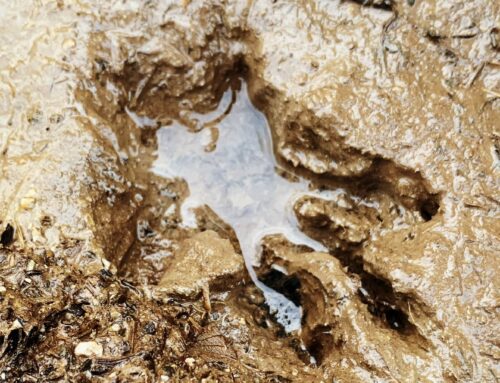

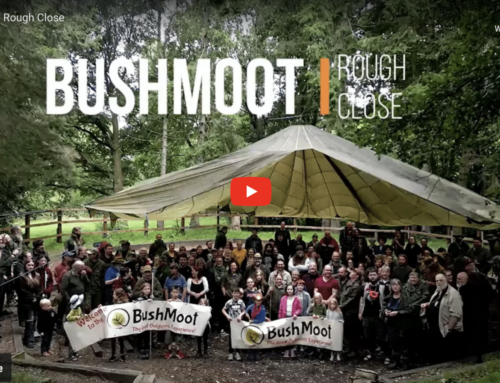
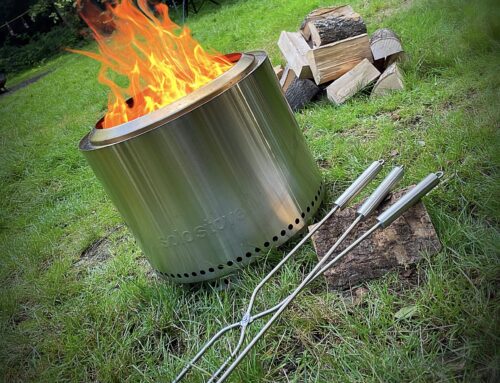
Leave A Comment
You must be logged in to post a comment.